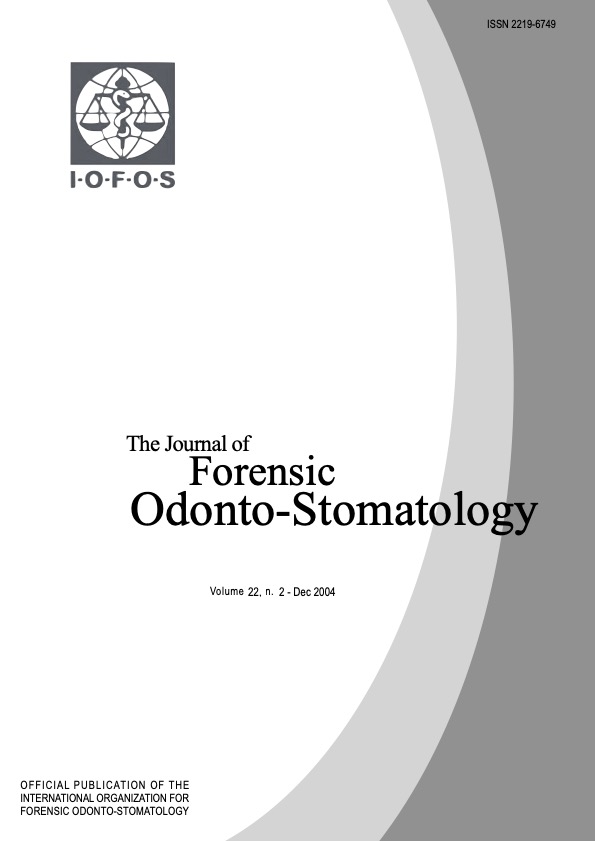Use of forensic analysis to better understand shark attack behavior
Abstract
Shark attacks have primarily been analyzed from wound patterns, with little knowledge of a shark’s approach, behaviour and intention leading to such wounds. For the first time, during a shark-human interaction project in South Africa, a white shark, Carcharodon carcharias, was filmed biting a vertically positioned person at the water surface, and exhibiting distinct approach patterns leading to the bite. This bite was compared to ten white shark attacks that occurred (i) in the same geographical area of South Africa, and (ii) where the same body parts were bitten. Close similarity of some of these wound patterns to the bite imprint of the videotaped case indicate that the observed behaviour of the white shark may represent a common pattern of approaching and biting humans.

